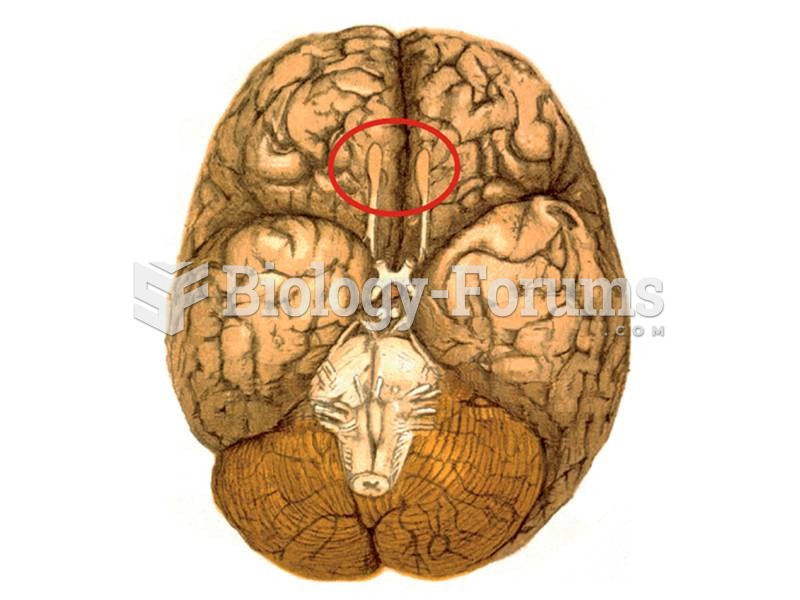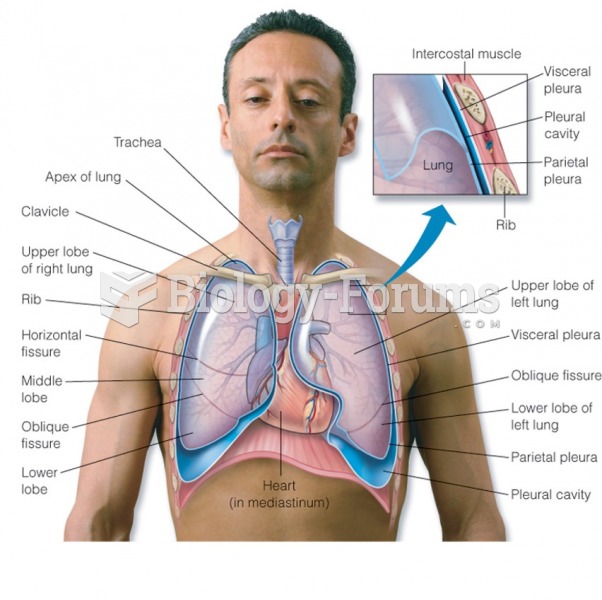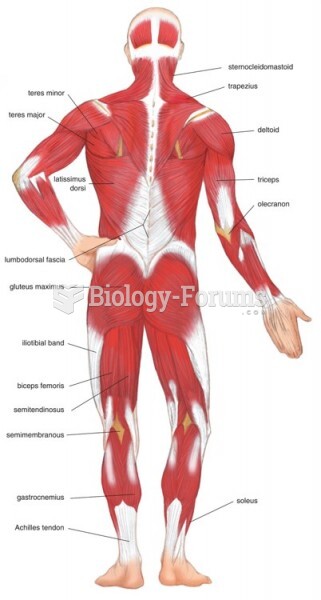Answer to Question 1
Answer: How many employees can a manager efficiently and effectively manage? That is what span of control is all about.
The traditional view was that managers could not and should not directly supervise more than five or six subordinates. Determining the span of control is important because to a large degree, it determines the number of levels and managers in an organization an important consideration in how efficient an organization will be. All other things being equal, the wider or larger the span, the more efficient an organization is.
Answer to Question 2
Answer: Departmentalization is the basis by which jobs are grouped together.
There are five common forms:
a. Functional - Jobs are grouped by the functions (i.e., marketing, finance, human resources) performed, leading to increased efficiency because people with similar specialties, common skills, knowledge, and orientations are put together. It also leads to an increased coordination within functional areas. On the flip side, it gives a limited view of the organizational goals.
b. Product - Jobs are grouped by product line. This allows the managers to specialize in particular products and services and helps managers to become experts in their industry. On the other hand, it leads to duplication of functions and gives a limited view of organizational goals.
c. Geographical - Jobs are grouped on the basis of a geographic region. This helps in more effective and efficient handling of specific regional issues that arise and in serving the needs of unique geographic markets. On the flip side, it leads to duplication of functions.
d. Process Jobs are grouped on the basis of product or customer flow. This approach efficiently manages the flow of work activities. Unfortunately it can only be used with certain types of products.
e. Customer - Jobs are grouped on the basis of specific and unique customers who have common needs, allowing specialists to handle customers' needs and problems. But this also leads to duplication of functions and causes departments to have a limited view of organizational goals.
Most large organizations continue to use combinations of most or all of these types of departmentalization .
Currently, a popular departmentalization trend is the increasing use of customer departmentalization . Because getting and keeping customers is essential for success, this approach works well because it emphasizes monitoring and responding to changes in customers' needs.







